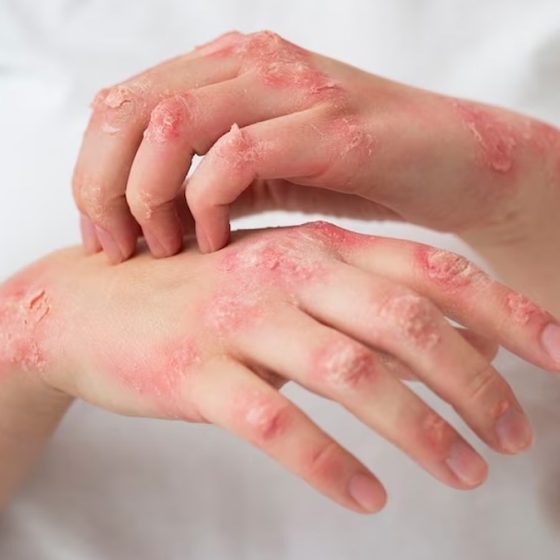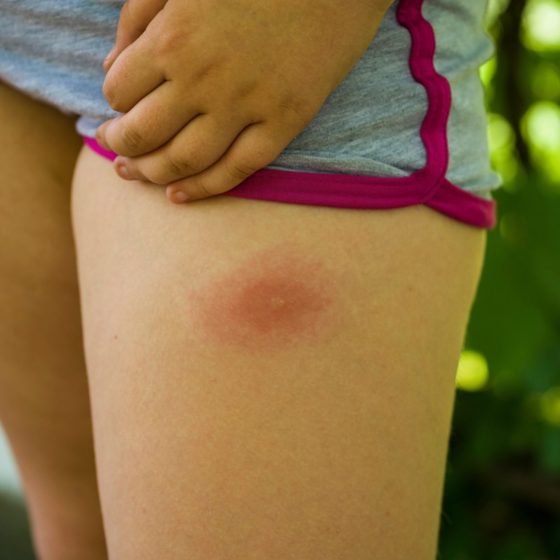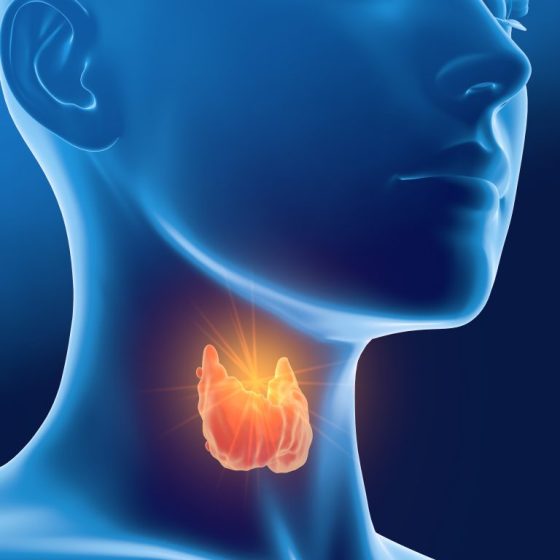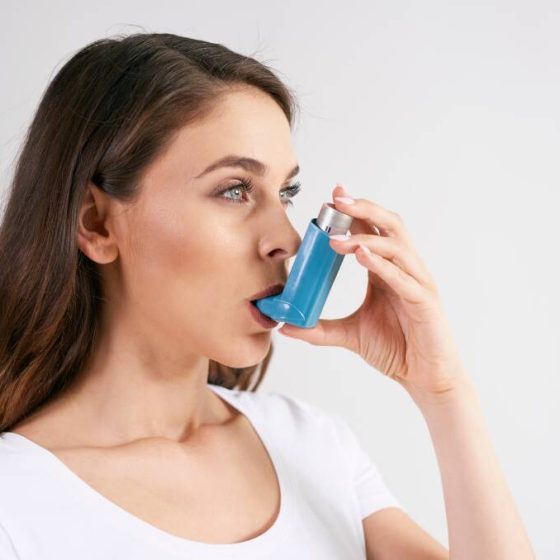Tinea
Key facts Tinea is a fungal infection found in moist, warm parts of the body. Examples of types of tinea include athlete’s foot, ringworm and jock itch. Symptoms of tinea include a red flaky rash that can crack, split and peel, plus blistering and itching. Tinea can affect anyone, but is common among sportspeople and those who share communal change rooms. Tinea is often treated with anti-fungal medicines, usually a cream, and can be prevented with good hygiene. What is tinea? Tinea is a common and contagious fungal skin or nail infection. The tinea fungus thrives in warm, moist environments,





